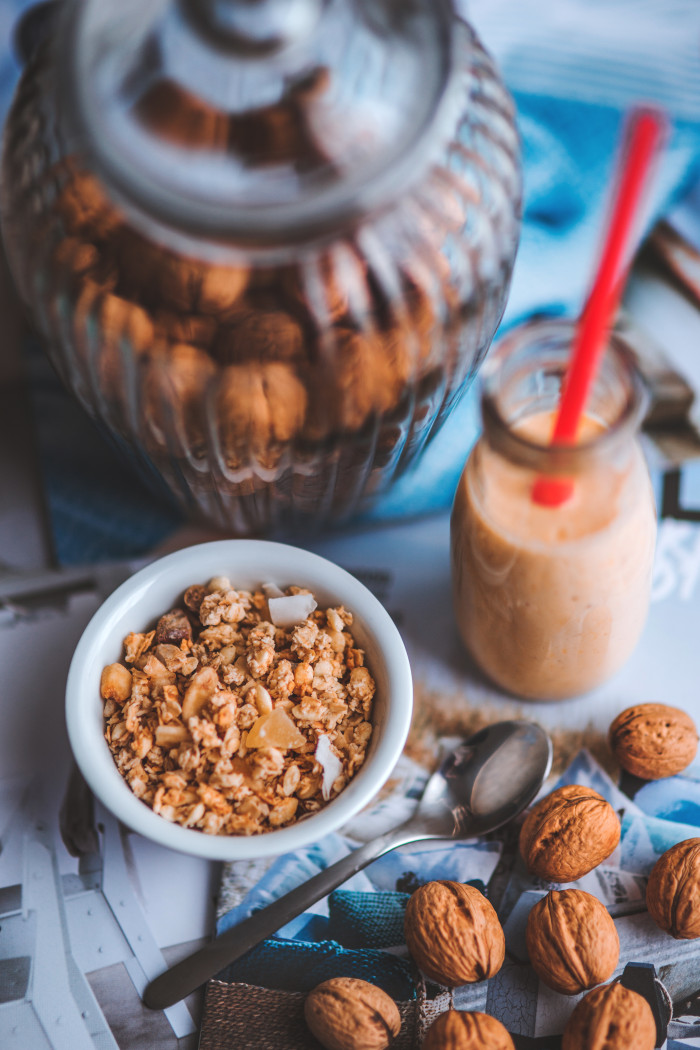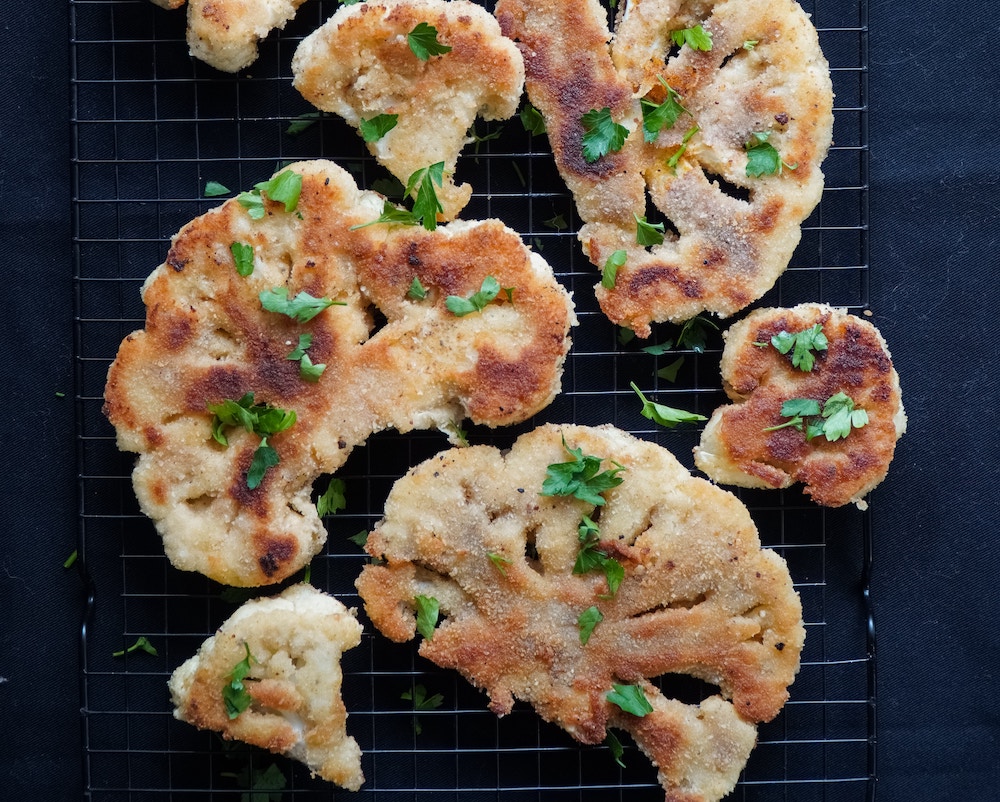 When I first cut meat from my diet, as a freshman in college, I did it mostly to assert my independence from my carnivorous parents. I thought I was making some sort of a stance to prove to them that I no longer needed them to set my dietary habits for me. With foolish reason came foolish execution, and at the time my vegetarian diet meant overloading on veggies, cheese and carbs (mostly bread- my eternal Achilles heel). I knew not what I did, and the sheer energy of youth kept me without noticing anything may be wrong.
When I first cut meat from my diet, as a freshman in college, I did it mostly to assert my independence from my carnivorous parents. I thought I was making some sort of a stance to prove to them that I no longer needed them to set my dietary habits for me. With foolish reason came foolish execution, and at the time my vegetarian diet meant overloading on veggies, cheese and carbs (mostly bread- my eternal Achilles heel). I knew not what I did, and the sheer energy of youth kept me without noticing anything may be wrong.
Then I grew up (a bit), and continued to explore with my diet, cutting out dairy also. I was feeling very sluggish, tired, exhausted- but I thought it was because I was working a lot, so I masked with coffee and constant claims that I probably need to get more sleep. I know now that my body was seriously lacking protein, not just sleep.
It wasn’t until I saw a homeopathic doctor that I finally understood how bad things were. She suspected I wasn’t getting enough protein and gave me a print-out of the values of certain protein-rich foods. As I scanned the list, I realized weeks had passed since I had had any of them. Oops.
Yes, protein is overrated in Western society. Yes, truth is that meat-eaters are often over-consuming protein. Yes, it’s incredibly annoying to be constantly bombarded with questions of “how do you get enough protein” from ignorant bystanders commenting on your lifestyle of choice.
But protein isn’t to be taken lightly. After two years of being diligent about my protein intake with legumes and supplementing with wonderful vegan protein powders I’m here to tell you it absolutely makes a world of a difference. It’s scientific fact, confirmed by my own anecdotal experience, that a diet deficient in protein causes fatigue, weakness, muscle loss and a weakened immune system.
So without any further ado and storytelling, here’s my protein cheatsheet:
When to consume
There’s significant data showing that it’s best if the bulk of our protein consumption is during the first half of the day. If consumed in the early part of the day, particularly in the case of a protein rich breakfast, it has been proven that this prevents mindless snacking and controls appetite of the day.
How much to consume
It kind of depends on who you ask, but if we take the middle road, it’s safe to assume that daily protein intake should be between 40 to 60 grams. You can use an online protein calculator in case you really want to get specific.
Natural sources
Lentils, tofu (make sure it’s non-GMO and organic), black beans, quinoa, amaranth (my current favorite), hemp seeds, oatmeal, pumpkin seeds, chia, edamame, tempeh, spinach, broccoli, asparagus, spirulina, almonds (and almond butter), tahini, chickpeas, peanuts (and peanut butter). There are many lists online with the exact protein values of servings; here’s a good one.
My favorite protein powders
I’ve experimented with these a lot, and some are downright awful and chalky tasting, but there are some great ones too. Of course, it’s a no-brainer to avoid whey because it’s dairy-derived and causes inflammation. There are plenty of plant based, vegan protein powders made out of rice, hemp, pea protein. My favorites are: Garden of life protein powder, Warrior blend protein powder and Nutribiotic Rice Protein.
Protein smoothie for breakfast
It can be hard to consistently work protein into your everyday diet in the amount you need, so I find that the best way to make sure of it is to make breakfast protein smoothies. I use my blender (which, by the way, is definitely my most prized possession) to make a mixture of protein powder + almond milk and then I switch the rest of the ingredients up based on my mood and what I’ve got in the pantry that morning.
Base
1 to 1 1/2 cups of almond milk (depending on how thick you like it)
protein powder (usually one or two scoops, read instructions on package)
to make a banana- chocolate smoothie, add
2 tablespoons organic cocoa nibs
1 banana
2 tablespoon soaked chia seeds
1 tablespoon hemp seeds
agave, to taste
to make a filling, nutty smoothie, add
1 tablespoon walnuts
1 tablespoon almonds
1 tablespoon pumpkin seeds
agave, to taste
to make a fall/winter inspired, spiced smoothie, add
1 tablespoon ground Masala Chai spice
agave, to taste
to make a classic feel good smoothie, add
1 banana
2 tablespoons peanut butter
agave, to taste
when you need a morning energy boost, add
2 teaspoons food-grade matcha powder
agave, to taste
I would love to hear your thoughts and experiences with ever-elusive protein below!
Also by Irina: 6 Ways to Keep Digestion Moving While Traveling
3 Ways to Feel Younger and Happier
High protein vegan recipes: Protein Polenta Breakfast Scramble
Get more like this–sign up for our newsletter for exclusive inspirational content!
Photo: kaboompics.com via Pexels




